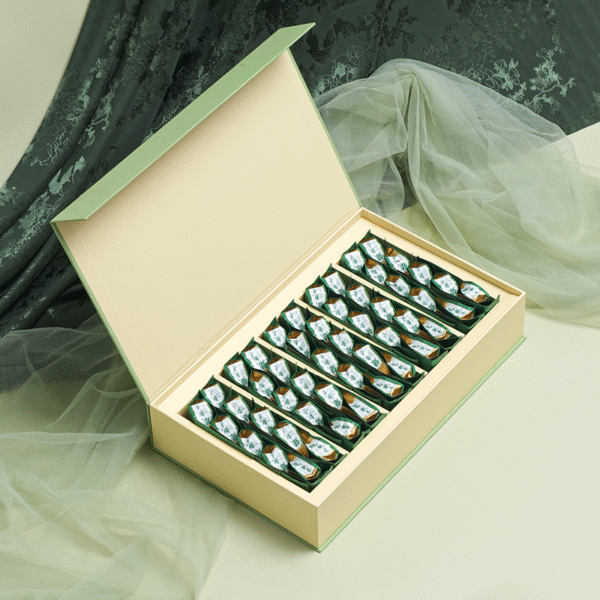
# First Grade Dragon Well Green Tea vs. Biluochun Green Tea
## Introduction to Two Premium Chinese Green Teas
China’s rich tea culture has given the world some of the finest green teas, with First Grade Dragon Well (Longjing) and Biluochun standing out as two of the most celebrated varieties. Both teas originate from different regions of China and offer unique characteristics that have captivated tea enthusiasts for centuries.
## Origin and History
First Grade Dragon Well Tea (Longjing)
Dragon Well tea, also known as Longjing, hails from the West Lake region in Hangzhou, Zhejiang province. With a history dating back over 1,200 years, this tea was once reserved for imperial consumption. The “First Grade” designation indicates the highest quality leaves, typically harvested in early spring.
Biluochun Green Tea
Biluochun originates from Dongting Mountain in Jiangsu province. Its name translates to “Green Snail Spring,” referring to the tightly rolled leaves resembling snail shells. This tea has been famous since the Tang Dynasty (618-907 AD) and is prized for its delicate appearance and floral aroma.
## Appearance and Processing
Dragon Well Characteristics
First Grade Dragon Well leaves are flat and smooth with a distinctive jade green color. The processing involves pan-firing the leaves in large woks, which gives the tea its characteristic chestnut-like aroma. The best quality Longjing is still hand-fired by skilled tea masters.
Biluochun Characteristics
Biluochun leaves are tightly curled like snail shells, covered with fine white hairs. The processing is more delicate than Longjing, with careful rolling to maintain the spiral shape. The tea is known for its early harvest – often the first spring picking of the year.
## Flavor Profile Comparison
Dragon Well Taste Experience
First Grade Dragon Well offers a mellow, sweet flavor with nutty undertones and a lingering chestnut aftertaste. The liquor is clear and bright with a pale yellow-green hue. High-quality Longjing has a distinctive “umami” character prized by connoisseurs.
Biluochun Taste Experience
Biluochun presents a more floral and fruity profile, often with notes of orchid and fresh fruit. The taste is lighter and more delicate than Longjing, with a sweet, refreshing finish. The tea liquor is slightly more yellow than Dragon Well.
## Brewing Methods
Optimal Preparation for Dragon Well
Use water at 75-80°C (167-176°F) to avoid scorching the delicate leaves. A glass cup or gaiwan works well, allowing you to appreciate the dancing leaves. Steep for 1-2 minutes for the first infusion.
Optimal Preparation for Biluochun
Biluochun requires slightly cooler water (70-75°C or 158-167°F) due to its extreme delicacy. The leaves unfurl beautifully in transparent vessels. Multiple short infusions (30-45 seconds) bring out the tea’s complexity.
## Health Benefits
Both teas share the health benefits common to high-quality green teas:
- Rich in antioxidants (catechins and polyphenols)
- May boost metabolism and support weight management
- Contains L-theanine for calm alertness
- Supports cardiovascular health
Dragon Well tends to have slightly higher catechin content, while Biluochun’s early harvest gives it particularly high levels of amino
